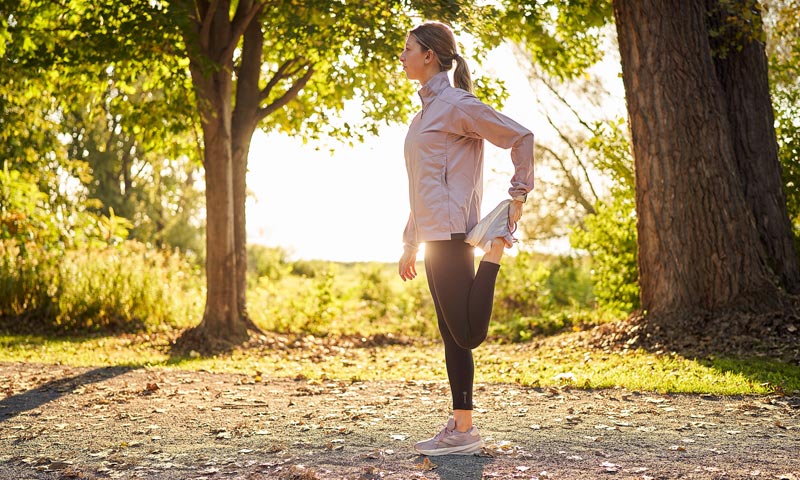Don’t skip out on physical preparation exercises before running season as they condition both the body and mind. This is called neuromuscular reprogramming - learning to use the right muscle at the right time - which is one of the most effective ways to improve your running patterns.
A few simple exercises can help you avoid injuries. We suggest you do these exercises in a static position for around 15 seconds for three to four sets. Don’t forget to breathe deeply while doing them.
The front plank strengthens the torso, building stability while activating the arms, legs and glutes.
The side plank works the adductor muscles, glutes, abs, shoulders and more. Like the front plank, it makes your torso more stable and helps prevent back injuries.
The chair against the wall or squat is a great exercise to build leg strength. Throughout the exercise, you should be able to see your toes while aligning the kneecaps with the second toe.
The single-leg balance is an exercise that every runner should integrate into their warm-up. Ideal for proprioception, this gentle warm-up helps you better “feel” your foot on the ground.
Lunges, with or without knees to the ground, stimulate the dynamic of the foot push-off that’s part of your running stride. Ideally, you should keep your back straight and engage the gluteus maximus rather than the hamstrings at the start of the hip extension.















